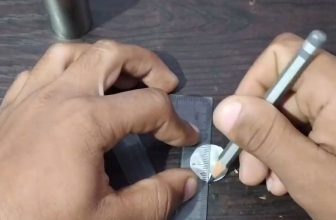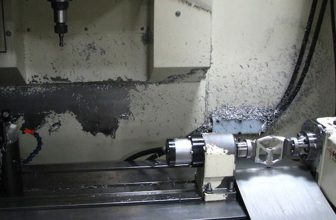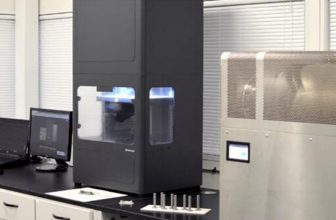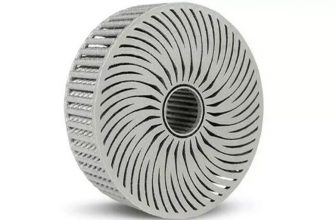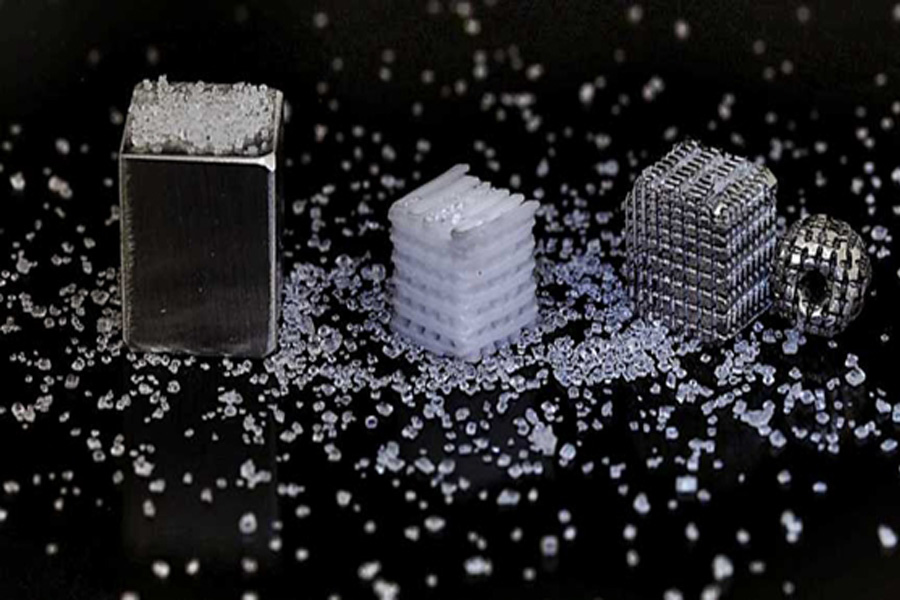
Researchers from Delft University of Technology in the Netherlands have discovered that 3D printed biodegradable magnesium scaffolds may have broad application prospects in the regeneration of critical size bone defects.
Although this method is not without its limitations, the researchers believe that the solvent cast 3D printing (SC-3DP) method used has “unprecedented possibilities” in the manufacture of magnesium-based porous scaffolds. “Magnesium-based materials are considered to be a promising new biomaterial in the field of plastic surgery, because it can be gradually degraded in the body, while stimulating bone regeneration, and helping to heal bone defects.” Biomechanics of Delft University Zadpoor of the Department is also one of the researchers involved in this study. “Therefore, the manufacture of porous magnesium implants has attracted more and more interest.”
Orthopedic Biomaterials
A few university research groups have recently begun to use additive manufacturing to manufacture magnesium-based materials, of which selective laser melting (SLM) is one of the commonly used methods. However, due to the high flammability of magnesium and the change of undesirable components in the final production parts, the operational safety is challenged, so the success of using this method is greatly limited.
Recently, some attempts have been made to develop powder bed inkjet 3D printing and fuse manufacturing (FFF) technology, followed by a sintering step to replace SLM. However, the use of these technologies to fabricate topologically ordered porous Mg scaffolds has not yet been reported. Zadpoor explained: “Because magnesium powder is highly flammable under high laser energy, operational safety is the main challenge encountered in the manufacture of magnesium stents. The use of higher laser power will also increase the chance of magnesium evaporation, and in the SLM process There is a significant thermal gradient in the process, which makes the manufacturing process expensive.”
Materials researchers at the Swiss Federal Institute of Technology Zurich used another method to develop a program based on additive manufacturing, using 3D printed salt templates to make magnesium scaffolds with regular porosity. Although this work was only a proof of concept when it was announced, the researchers involved in the study believe that these magnesium scaffolds have the potential to make bioresorbable bone implants.
In addition to magnesium-based research, there are other practical applications of 3D printed stents. Last year, scientists from the Animal Health Foundation (AHT) and the University of East Anglia (UEA) used 3D printed BendLay polycarbonate filament scaffolds to support horse bone regeneration. These 3D printed scaffolds were used to successfully perform osteoblasts in vitro, demonstrating the feasibility of generating 3D bone constructs through a process called cell seeding.
Recently, scientists from the Department of Biomedical Engineering of Texas A&M University have made progress in the field of 3D bioprinting functional tissues through research on the development of new biomaterials. Early signs in the field indicate that additive manufacturing can be used to treat defects and conditions such as arthritis, fractures, dental infections, and craniofacial defects.
Rice University and the University of Maryland (UMD) have made other advancements in this particular field, and scientists have outlined a new proof-of-concept for 3D printing artificial bone tissue to help repair injuries related to arthritis and sports accidents. “3D printing is likely to partially replace traditional manufacturing in the future, especially in customized or patient-specific implants and complex porous manufacturing. Zhou Jie from the Delft Biomechanics Department added that this is part of Solvent- A researcher of Cast Research on the 3D printing of magnesium stents. “3D printing provides more possibilities for clinical treatment strategies, and will help to significantly reduce manufacturing costs in terms of saving original materials and shortening delivery time. “
During the research process, the researchers proposed an additive manufacturing method based on room temperature extrusion, namely SC-3DP, to manufacture a topologically ordered porous magnesium scaffold. This step consists of three steps. The first step involves preparing a magnesium powder-loaded ink with the desired rheological properties, which refers to the way the material deforms or flows in response to applied stress. The ink is then extruded through a nozzle together with a binder system composed of a polymer or a volatile solvent, and printed into a holder with a 0°/90°/0° layer. Finally, a debinding and sintering process is performed to remove the binder in the ink and combine the magnesium powder particles by applying a liquid phase sintering strategy.
The prepared ink was analyzed by rheology, and the magnesium powder was filled with 54%, 58% and 62% of the volume to reveal the viscoelasticity of the stent. Viscoelasticity refers to the characteristics of a material that exhibits both viscosity and elasticity when deformed. Thermogravimetric analysis (TGA), Fourier transform infrared spectroscopy (FTIR), carbon and sulfur analysis, and scanning electron microscopy (SEM) of the stent were also performed, which indicates that the steps of debinding and sintering are likely to be one step. The final product scaffold has high porosity and contains layered and interconnected pores. According to the researchers, this study proved for the first time that the SC-3DP technology can successfully produce a magnesium-based porous scaffold material and may be used as a bone substitute material.
Comment: In modern medicine, the regeneration of critical size bone defects is still a clinical challenge, and bone grafting materials are usually required. In the past, scientists have used traditional materials such as biologically inert titanium and PEKK to 3D print implants. However, these metals usually require a second surgery to remove the implant. In addition, the available grafts and many existing synthetic biomaterials designed for these applications cannot meet all clinical requirements, which means that a new generation of suitable bone substitutes needs to be developed.
In recent years, magnesium-based biodegradable metals are considered promising in such orthopedic applications, because they can be modified to have the mechanical and biological aspects required for bone defect regeneration. Compared with the traditional technology of manufacturing porous magnesium scaffolds, the advancement of additive manufacturing provides a greater degree of design, manufacturing flexibility and efficiency, so it is possible to produce fully interconnected porous structures with precisely controlled topological parameters.
In particular, the SC-3DP method has great potential and can overcome the material, technical and structural limitations of other AM technologies currently used to manufacture porous magnesium scaffolds. According to the research results, SC-3DP has many advantages, such as 3D printing under environmental conditions, easy adjustment of ink composition, low equipment investment, and the potential to manufacture complex structures with layered pores and required alloy compositions. The SC-3DP method has also proven to be feasible in the additive manufacturing of steel, iron, titanium-based and nickel-based micro-truss.
Future research in the field
In essence, the results obtained from this study provide a new way to make a biodegradable magnesium scaffold suitable for orthopedic applications. Zadpoor said that despite this, further research is needed in this area. He concluded: “We will continue to conduct further research to study the performance of additive-made artificial magnesium scaffolds. In the next step, the in vitro and in vivo properties of magnesium scaffolds need to be evaluated based on biomechanical stability, biodegradability and osteogenic ability.”


